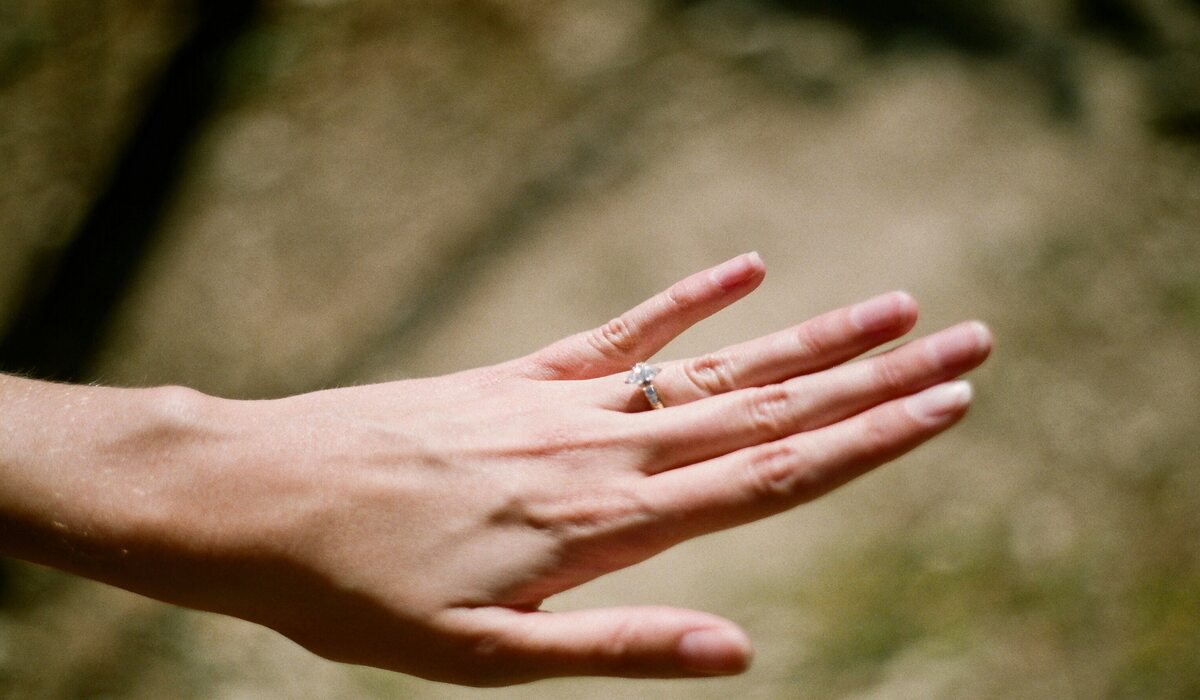Table of Contents
Engagement rings come in different styles, settings, and stones, so you’ll find there are plenty of rings to choose from. Designs have evolved to incorporate both tradition and 21st century flair. Minimalist bands with twists like mixed metals or engraving are popular. Couples are also moving toward eco-friendly options such as lab-grown diamonds. Vintage-inspired rings, featuring intricate detailing, are making a comeback.
Here are some factors that might influence your decision, and how you can choose the perfect engagement ring.
Consider Your Partner’s Personality
Before thinking about diamonds or settings, consider your partner’s personality. After all, an engagement ring should reflect who they are – it’s something they’ll wear every day for years to come.
Modern rings for women include lab grown diamond rings. Check out Best Brilliance for excellent options. Lab grown diamonds have the same chemical properties as traditional diamonds. These rings have become popular due to sustainability concerns, and if your partner would like an eco-friendly ring, a lab grown diamond may be a great choice.
A ring with an intricate design or a large center stone can make a bold statement. A princess-cut or a halo setting with smaller accent diamonds will give that extra wow factor. On the other hand, if your partner leans towards a more understated and classic style, a simple solitaire diamond may be more suitable. And for someone who loves all things unique, think about alternative gemstones like sapphires and emeralds.
Matching Ring Style to Lifestyle
Lifestyle plays an important role when choosing a ring. The ring you choose should be practical enough for everyday wear.
If your partner leads an active lifestyle – perhaps they’re into hiking, rock climbing, or have a hands-on job – consider a more durable setting. You might opt for a lower-profile design with fewer prongs to avoid the risk of snagging or damage.
If they work in an office or in a job where their hands aren’t exposed to much wear and tear, you have a bit more flexibility with delicate, intricate designs such as pavé (side stones) settings or a high-set solitaire, which can leave the center stone more exposed. In a halo setting, the smaller stones may be more prone to damage.
The Four Cs
Now that you’ve thought about style and lifestyle, it’s time to tackle the technical side of buying a ring: the Four Cs – cut, clarity, color, and carat. These factors are essential in determining the quality of a diamond.
- Cut: If sparkle is your top priority, focus on the cut. A well-cut diamond reflects light beautifully, making the ring dazzle. If you want a diamond that catches the light – and everyone’s eye – make this your priority.
- Clarity measures how free a diamond is from internal inclusions or external blemishes. While fewer imperfections lead to a higher clarity grade, many small flaws are invisible to the naked eye. You can save some money by choosing a diamond with slightly lower clarity that still looks flawless.
- Color: Most diamonds range from colorless to slightly yellow or brown. To the average observer, diamonds in the D to H range look quite similar, so opting for a slightly lower color grade can save some money without sacrificing appearance.
- Carat refers to the weight of a diamond. A smaller, well-cut diamond can actually outshine a larger one that’s poorly cut. Consider the size that feels right for your partner’s hand size and finger shape, rather than simply aiming for the largest stone you can afford.
If you want a larger diamond but don’t want to break the bank, you might prioritize carat over clarity. Or, if you’re going for sparkle over size, focus on finding a diamond with an excellent cut in a more modest carat weight.
Metal that Matches Skin Tone and Style
Metals play a huge part in the ring’s appearance. Platinum, white gold, yellow gold, and rose gold are the most common choices, with each bringing its own flair. What you choose should also match your partner’s skin tone and daily style.
- Platinum is durable and hypoallergenic – an excellent choice if you want something strong and long-lasting. Its cool tone pairs well with fair or pink skin tones.
- White gold is less expensive than platinum but with a similar silvery look. It’s great for someone who likes a bright, modern aesthetic but doesn’t want to splurge on platinum.
- Yellow gold is a warm and traditional choice that compliments olive and darker skin tones. It’s perfect for a vintage or classic design.
- Rose gold has romantic and feminine connotations. It’s a great choice for someone who likes to stand out without going over the top.
Consider Budget Without Sacrificing the Meaning
There’s a long-standing belief that “dictates” you should spend three months of your salary on an engagement ring. But this, of course, isn’t set in stone. Your decision should reflect both your financial situation and your priorities.


